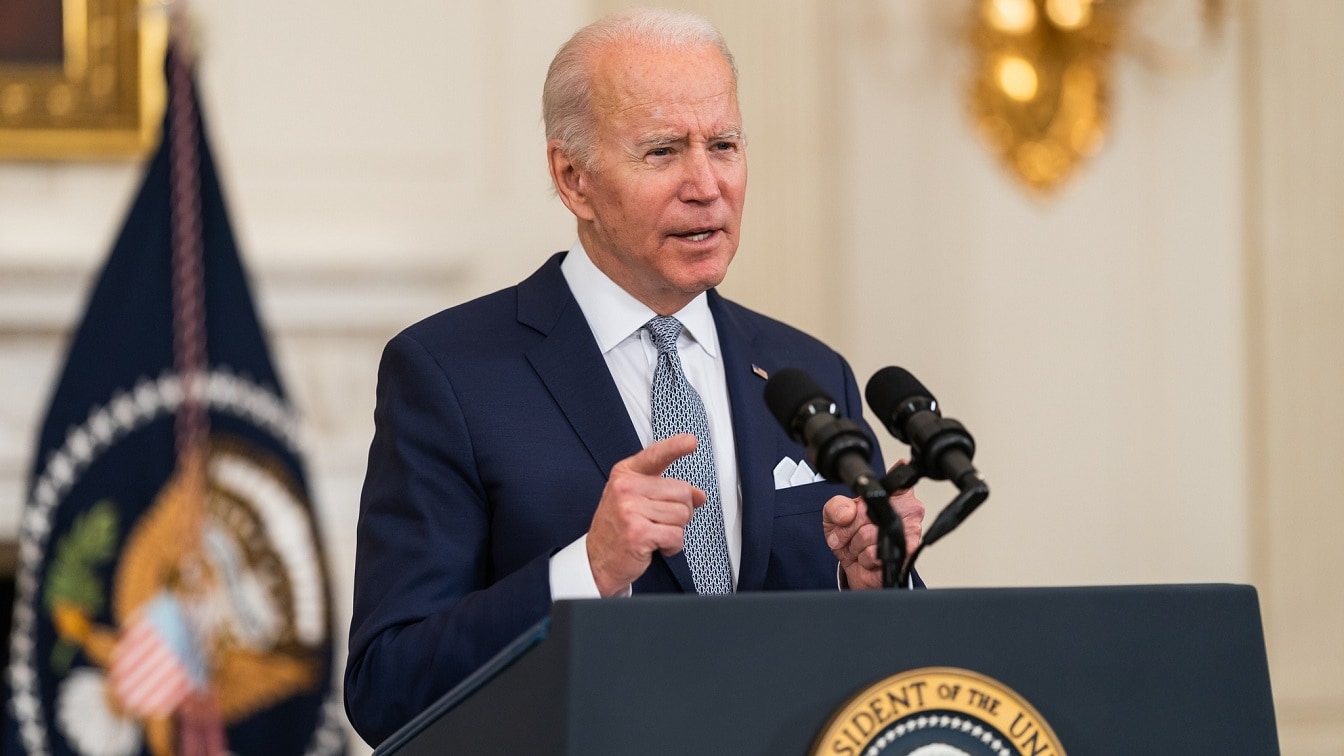Did Stimulus Impact Inflation? – On June 10, the Consumer Price Index report for May 2022 showed how inflation spiked by 8.6% over the last 12 months – an increase over April’s 8.3% increase.
The increasing financial pressure placed on millions of American workers was outlined in detail in a Bureau of Labor Statistics press release, describing how gasoline, shelter, and food were the biggest contributors to price increases.
“After declining in April, the energy index rose 3.9 percent over the month with the gasoline index rising 4.1 percent and the other major component indexes also increasing. The food index rose 1.2 percent in May as the food at home index increased 1.4 percent,” the report reads.
And while the Russian invasion of Ukraine has undoubtedly affected prices in the United States and the West, with sanctions against Russia driving up the cost of fuel and contributing to a food shortage, it’s hard to ignore the impact of huge COVID stimulus packages passed over the last two and a half years.
COVID Stimulus Did Drive Prices Up
In the wake of the COVID-19 pandemic, millions of Americans received unprecedented financial aid from the federal government. Millions of workers received three rounds of direct stimulus payments from the government, along with many statewide packages funded by President Joe Biden’s flagship American Rescue Plan Act.
According to a paper by four economists from the Federal Reserve of San Francisco, America’s inflation problem is a result – at least in part – of huge government spending.
“Inflation rates in the United States and other developed economies have closely tracked each other historically,” the economists wrote in March 2022 paper.
“However, since the first half of 2021, U.S. inflation has increasingly outpaced inflation in other developed countries. Estimates suggest that fiscal support measures designed to counteract the severity of the pandemic’s economic effect may have contributed to this divergence.”
Noting that the United States government spent much more on direct payments than most other developed economies, the authors of the paper revealed how American households “experienced significantly higher increases in their disposable income” relative to households in other developed economies.
Data from the Pew Research Center from November 2021 also showed how prices in the United States were rising much more quickly than anywhere else in the world, indicating that the direct payment strategy may be to blame.
RECOMMENDED: Why the F-35 Was Not Featured in Top Gun: Maverick
RECOMMENDED: Why the F-35 Would Have Made Top Gun 2 Boring
RECOMMENDED: Could an F-14 Really Kill a Russian Stealth Fighter?
“At 5.3%, the U.S. had the eighth-highest annual inflation rate in the third quarter of 2021 among the 46 countries examined, narrowly edging out Poland,” Pew reported.
“The increase in the U.S. inflation rate – 3.58 percentage points between the third quarter of 2019 and the third quarter of 2021 – was the third highest in the study group, behind only Brazil and Turkey, both of which have substantially higher inflation rates in general than the U.S. does.”
COVID Lockdowns Did Much of the Work
The truth is that COVID-19 lockdowns in general did much of the work driving up costs and disrupting global economies. In the wake of the pandemic, consumer demand shifted away from services – owing to the fact that people were spending more time at home – and towards goods. It meant that service providers were hit hard and required COVID stimulus support to stay afloat, but also resulted in a shortage of supply for many kinds of goods.
Suppliers could not keep up with demand, sending prices up.
Factory closures also made supply chain problems worse, sending prices up even further – and to worsen the situation, the Russian invasion of Ukraine drove the cost of fuel even higher as a result of Western sanctions. With fuel prices rising, the U.S. economy – just like many other major Western economies – is struggling to keep up.
An ongoing labor shortage is also driving up the cost of doing business, making it harder for American companies to keep up with demand as the economy begins to normalize. Famed economist Art Laffer noted on Fox News’ “Mornings with Maria” on Friday that the economy is not only struggling to recover, but employment is still not at the levels it was before the pandemic.
“Inflation is not only not peaking and not coming down, it is accelerating. And this is the worst news of all the Biden administration could have,” Laffer said. “And when you combine that with the GDP decline in the first quarter by 1.5%, and now the forecast for the second quarter out of Atlanta is only 9/10 of 1% growth. That’s atrocious. Total employment today is 800,000 people lower than it was in February 2020. “
While many agree that COVID economic stimulus packages were excessive and undoubtedly contributed to today’s inflation crisis, there is much more to this story.
At least with new data showing consumers shifting spending back from goods to services, and along with recent interest rate hikes by the Federal Reserve, inflation could technically be brought to heel in the coming months or years.

